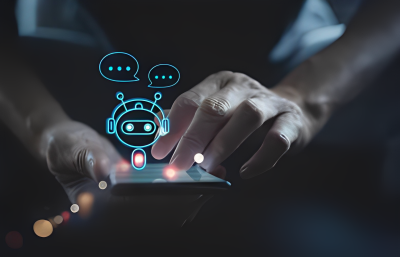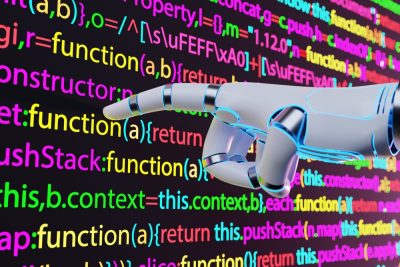At the beginning of March, strange news was logically putting the world in turmoil: in a hospital in California, a doctor had announced to a 78-year-old patient his death next not face-to-face, but through a “hospital robot”.
A very indelicate and obvious dehumanization of a moment yet crucial, aggravated by the fact that the communication had apparently been blurred by a faulty technique, forcing the granddaughter of the expiring to announce herself the ultimate new. The shocking case, however, is only the anecdotal part of a larger phenomenon: the eruption of machinery and artificial intelligence in the management of what is one of the most profoundly human moments in the world. life, namely death. In a striking article titled “Will machines be able to tell patients that they are close to death” and adapted from a book by Eric Topol, Wired details how artificial intelligence research is making algorithms of much better predictors of death than caregivers, specialized or not in palliative care. Accuracy: 90% It’s exciting, uplifting, a little chilling too.
Until now, doctors and nurses have used their instincts to find out if a patient or patient in their charge was close to death. Rudimentary, the method is nicknamed the “surprise question” and is for medical personnel to wonder if they would be surprised to see the person concerned die within the next twelve months. The precision? Less than 75%, showed a systematic study of twenty-six publications concerning 25,000 cases. But things are changing, in a radical and troubling way: algorithms and deep learning can now determine with a precision described as “remarkable” the time left to live to a sick person. Developed by Anand Avati, a computer scientist at Stanford, the computer mill looked at data for 160,000 patients and was able to determine with 90% accuracy the life expectancy of 40,000 patients in less than three years.
months as over a year. The most amazing? Avati’s algorithm was never used to achieve this high degree of certainty, the results of medical examinations by the people studied, any more than less objective data such as their psychological state or their desire for survival. On the other hand, this machine for predicting death has had, in its statistical learning, the type, and date of the examinations passed by the patients or the exact date of their death. Other pre-mortem applications of artificial intelligence are mentioned by the author. A Google team was able to determine with a correct accuracy the vital prognosis, the duration of hospitalization or the risk of readmission by analyzing the 47 billion data relating to 216,000 hospitalizations of 114,000 patients.
DeepMind (AI’s parent company is Google) is also working on health issues for 700,000 US Army veterans. Finally, artificial intelligence can help predict the success or failure of a heart transplant. Many implications The implications of Anand Avati’s research on the end of life are immense. Will the patient prefer to exhale her last sighs in her home or hospital? Should we strive to find a cure if the outcome is certain? What are the “legitimate” medical and financial means to be used to keep alive this body that the learned calculations of artificial intelligence announce as certainly moribund? What types of dying and dying care should they receive to ease their suffering? What implications in the debate on euthanasia? What to say to this soul at the end of life? How can I say? How to manage the psychological impact that such a dark, sure announcement can have? Palliative care physicians, who are few and overburdened in most health care systems, are very familiar with these issues – after all, their job. But the emergence of this mathematical certainty could, for them as well as for those of whom they have the delicate task, change many things, good or bad.














